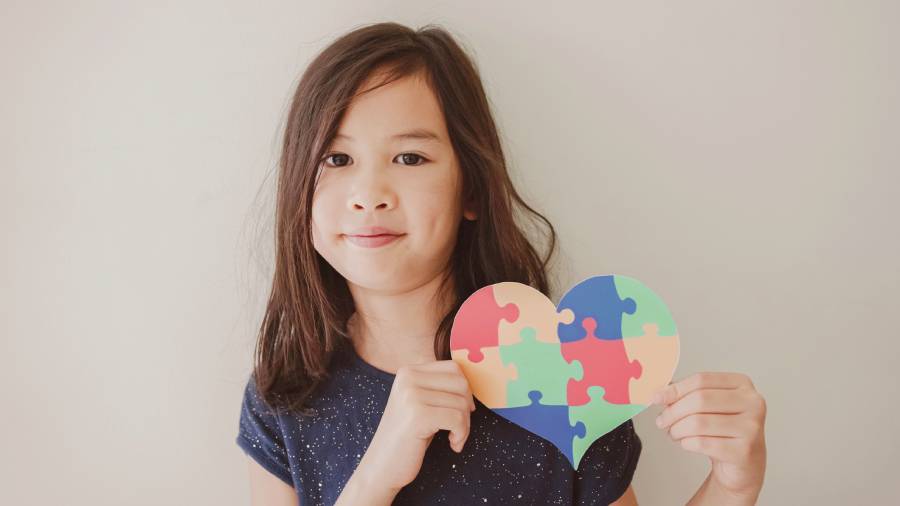Autism is now called autism spectrum disorder (ASD) because it can manifest itself in many different ways, with varying signs and symptoms. Around one in a hundred children under the age of eight years has ASD. It is commoner in boys, if the parents are older or if there have been complications at birth. Some children also have genetic defects or abnormalities in the brain. This can be picked up with scans.
Unfortunately, autism is a clinical diagnosis. There are no special blood tests to confirm it. Change in the child’s early behaviour and development provides clues to the diagnosis. The infant may not respond to his or her name even though he or she is nine months old. He does not wave bye or play simple games like hiding behind a towel, has no favourite objects, will not play with other children even by three years of age, and does not sing or dance by five years. Facial expressions like sorrow or happiness may also be limited.
Parents may notice these differences. In an extended joint family, older “experienced adults” may just pamper the child more, give in to their every demand and claim that the child will “grow out of it”. At this stage, the child needs expert evaluation.
In school, learning disabilities may appear. The teachers may complain. Beating, shouting and increasing the number of tuitions is not the answer. These children need patient, repetitive coaching
“Tonics” and vitamins do not improve the performance of the child. If the child is also hyperactive and has epileptic seizures, depression or anxiety, then specific medication may be required. There are no herbal supplements for ASD. If you are giving any non-allopathic medication, please keep a note or take a photograph.
Many children with ASD improve as they grow older. For some, coping with adolescence may become a real challenge. Parents and family members can help the child adjust from as early as three. Some respond well to pets. They can relate to dogs, cats and even fish better than humans.
Sports help to improve coordination and concentration and help channel energy. Individual sports like running and swimming are better because interaction with others is less. It also provides the child with a sense of achievement. On the other hand, basketball and football require too much teamwork. The parent must persist and encourage the child even if they initially seem reluctant and uninterested.
Archery is almost the ideal sport for autism. It does not require a pool or other special equipment. A target can be set up almost anywhere. It is highly repetitive, which autistic children like; it gives them a sense of achievement and purpose. It can be started by the age of 6-8 years. Autistic children are usually good at archery.
Studies have shown that martial arts (karate, taekwondo, kung fu, mixed martial arts) training increases focus, concentration and mental awareness in children with ASD. It improves the difficulty they have with executive functioning. Contrary to popular belief, it does not make them more aggressive but fosters calmness, serenity and confidence.
About 2-8 per cent of siblings with ASD may develop the disorder. Up to 20 per cent may show various forms of mild functional impairment. This may be partly genetic and environmental, as certain families tend to follow lax, non-stimulatory, child-rearing practices with excessive reliance on cell phones and television. Others may be too rigid.
The eventual outcome of these children as they grow into adult life depends on the support they receive from educational institutions, family and friends.
Some with ASD have exceptional talent in specific aspects like music, computers or art. Systematic patient efforts must be made to discover and develop their hidden talents.
The writer has a family practice at Vellore and is the author of Staying Healthy in Modern India. If you have any questions on health issues, please write to yourhealthgm@yahoo.co.in











